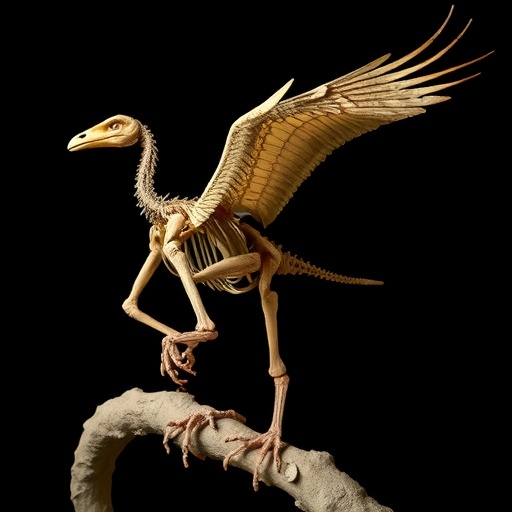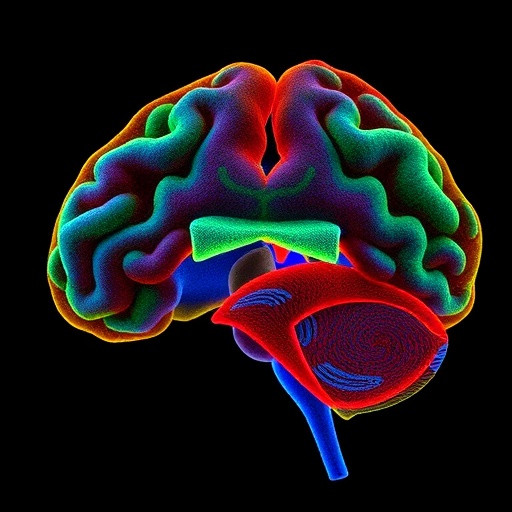Extending from this, the specimen’s vertebral column comes into astonishing detail, revealing paired proatlases — small accessory bones associated with the skull’s articulation — that were previously unknown in Archaeopteryx. Also noteworthy is the recognition that its tail was considerably longer than earlier fossil interpretations suggested. This elongated tail would have had significant biomechanical implications, potentially affecting balance and flight dynamics, and painting a more nuanced picture of the locomotive strategies employed by these early birds.
Another intriguing anatomical revelation centers on the morphology of the foot pads. Detailed impressions suggest that Archaeopteryx was adapted for terrestrial locomotion rather than raptorial predation. The padded structure of the foot implies a gait suited for walking on firm ground, contrasting with the pedal specializations seen in modern birds of prey. Such an ecological insight helps refine previous conjectures about the lifestyle of Archaeopteryx, indicating a more ground-oriented existence alongside its aerial capabilities.
The discovery of humeral tertials being absent in near relatives but present in Archaeopteryx underscores an important evolutionary milestone: a mosaic emergence of flight adaptations rather than a sudden, single-step shift. The evolutionary narrative that arises is one of gradual transformation where skeletal and feather features co-evolved to form the sophisticated flying apparatus characteristic of modern birds.
The study sets a new standard for the application of modern imaging techniques to fossils, demonstrating how micro-CT driven preparation can reveal concealed morphological data without destructive intervention. This approach exemplifies the power of technological advancement in paleontology, allowing researchers to push back the limits of what can be discerned from fossils and reconstruct the evolutionary past with ever-increasing precision.
Subject of Research: Early evolution of the avian bauplan based on a new nearly complete Archaeopteryx specimen.
Article Title: Chicago Archaeopteryx informs on the early evolution of the avian bauplan.
Article References:
O’Connor, J., Clark, A., Kuo, PC. et al. Chicago Archaeopteryx informs on the early evolution of the avian bauplan. Nature (2025). https://doi.org/10.1038/s41586-025-08912-4
Image Credits: AI Generated
Tags: adaptations for flight in vertebratesadvanced imaging in scientific researchArchaeopteryx fossil discoveryavian evolution insightscranial morphology of Archaeopteryxfeather evolution in birdsmicro-computed tomography in paleontologynon-avian dinosaur connectionspaleontological techniques and methodssignificance of complete fossilsskeletal morphology of birdstransitional forms in evolution





